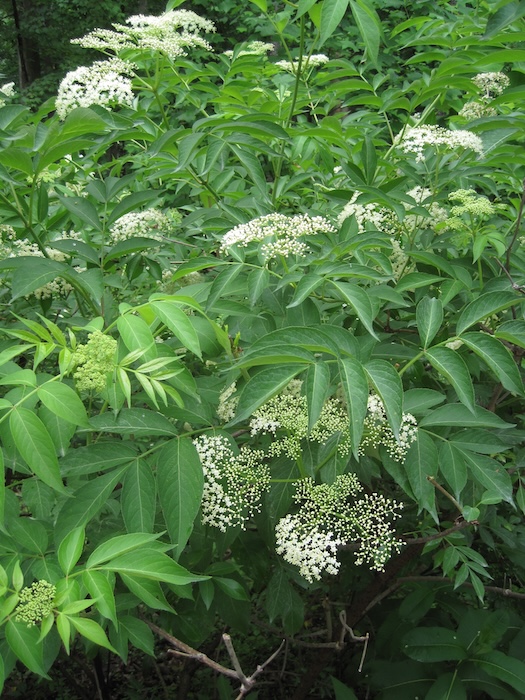In December, I wanted snow cover so I could stop gardening. Milder temperatures and late ground freezing allow for more projects both in my yard and professionally, but I was ready to move on.
Indoor winter work involves paper and pencil to create ideas for gardens and a focus on research and writing. January was a perfect blend. Then, in February, that creative energy was building up but stymied by snow cover. The ice melting this week feels right and I’m ready for new shoots.
As the soil slowly thaws, I want to take advantage of the wet conditions by pulling out a periwinkle (Vinca minor) planted by a previous owner that has invaded a flower bed. I worked on controlling it last season and will certainly be doing it for years.
I wouldn’t use that plant in any situation. While it isn’t listed on the state’s prohibited or regulated plant lists, it should be. The vine roots every 6 inches or so, making it tenacious. It creeps along the ground and forms a dense mat. It was bad enough when it was covering a swath in the woods, but now it’s coming for a lovely perennial garden. Because it has evergreen leaves, it blocks other plants from sprouting, sparing only the most competitive and reshaping the little ecosystem I began 15 years ago.
More elderberry, please
Our native elderberry is Samubucus canadensis, or black elderberry. It’s a multi-stemmed large bush that grows up to 10 feet tall. In mid-summer it has clusters of delicate white flowers that pollinators love. The berries set in late summer. Let them ripen completely before eating or using them in jams or wine.
I picked up elderberry seedlings from a Putnam County sale awhile back and have been delighted by the quick-growing, low-maintenance and landscape-enhancing results. Birds love them. Dozens of species eat the berries and use the bushes for cover and nesting. Northern cardinals and scarlet tanagers, for example, eat the berries, and the elderberry is a host plant for 29 caterpillar species that birds feed to their young. Pretty and impactful is my kind of plant.

I have the perfect area to expand the patch and I’m going to use cuttings to propagate it. Now is the right moment, before bud break, to cut pieces with two to four leaf nodes from the bush. Since my elderberries are more than three years old, I want to cut my pieces from the newest, most vigorous sections.
The pieces can be placed directly into the soil, if it’s thawed enough, but I’m going to experiment and put a few in pots on the patio in regular soil and try others indoors in a soil-less medium. The main thing is to keep the soil moist but not let them sit in soggy areas where the stems will rot.
Place the cut piece in soil buried up to the top node. In many instances, rooting hormones will help the process, but research hasn’t shown greater success for elderberries, so I’ll skip that. It takes about six weeks for root growth, but leaves will sprout before that. Give them time to root and don’t disturb them too early.
During my first elderberry planting, I didn’t protect the 12-inch seedlings and they became deer snacks. A wire enclosure around each seedling will suffice until the shrub is tall enough to withstand munching.
Hardwood propagation also works for blackberries, willows, grapes, currants, honeysuckle and others. I can’t cover the process in depth here but Lee Reich, who has an upstate “farmden” (not quite a farm but more than a garden) and taught agriculture at Cornell University, has a helpful guide at dub.sh/hardwood-cuttings with more information. I refer to his website often for advice on growing fruit. He’s generous with his knowledge and experience.
Once the seedlings are a go, I have rain barrels to install, along with better irrigation lines for the vegetable garden. The chicken coop got cleaned recently and all that bedding and poop can be mixed into the compost. Good days ahead, and I’m eager to get outside and play in the mud.

